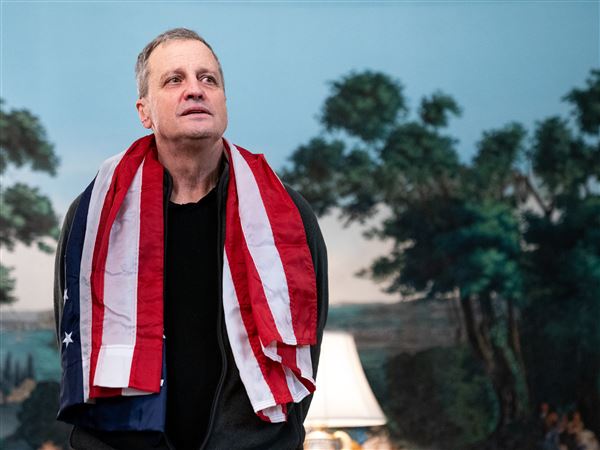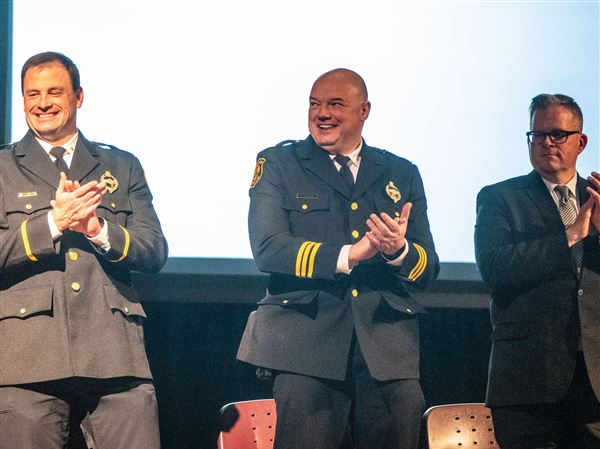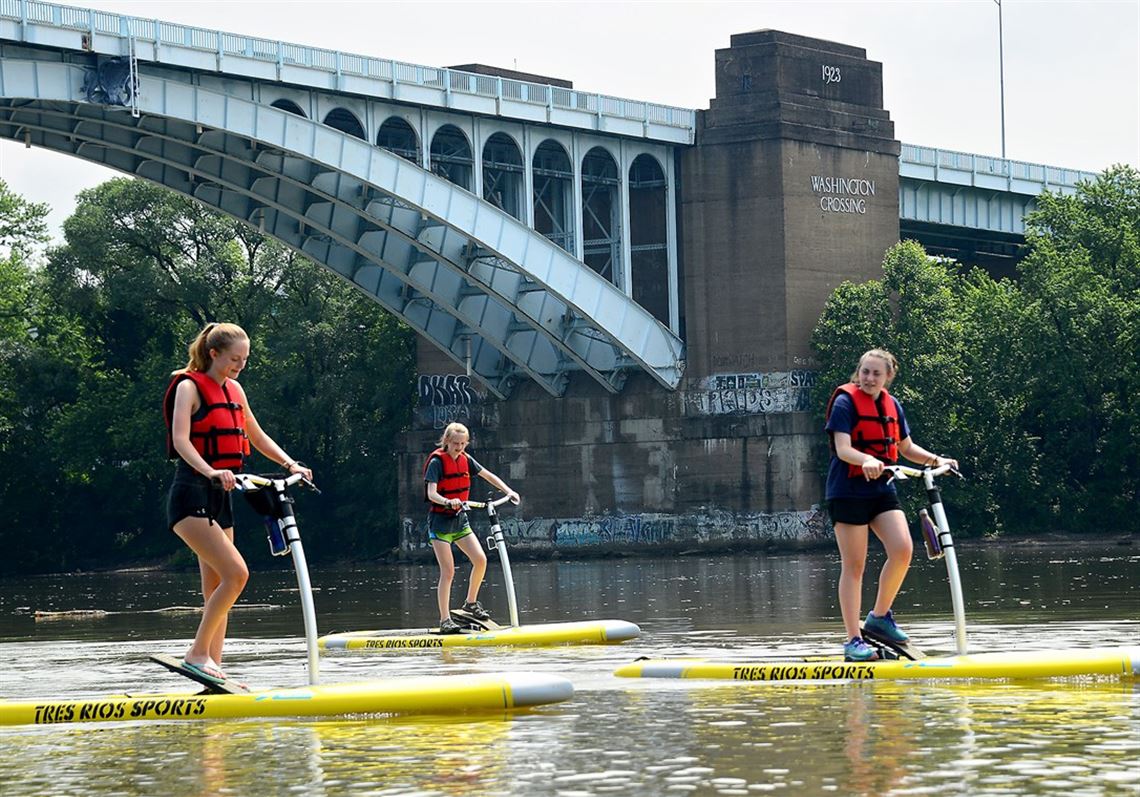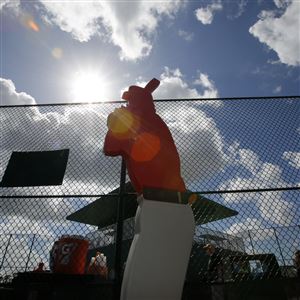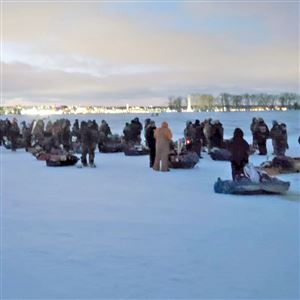By design, Pittsburgh is one of the most beautiful cities in the world.
Really? Yes, really.
“If Pittsburgh were situated somewhere in the heart of Europe, tourists would eagerly journey hundreds of miles out of their way to visit it.”
The quote by Brendan Gill in his 1989 New Yorker piece is familiar by now, but rings with renewed meaning as Pittsburgh City Council weighs adoption of the “RIV,” updated riverfront zoning legislation being advanced by city planning. Gill’s quote still inspires the same sense of pride in Pittsburghers as if it were brand new. Hearing it revs up a quick mental slideshow of what those out-of-town visitors might see: flashes of our city’s skyline as viewed from Mount Washington, classical architecture mixed with soaring modern buildings, graceful rivers flowing on two sides to shape the Point peninsula.
We Pittsburghers tend to take for granted Pittsburgh’s beauty, both natural and built. We might not have had a lot to do with the former, but for the latter category we can point to the efforts of previous city planners and community leaders.
Pittsburgh has been reclaiming its riverfronts since the 1940s, when Mayor David Lawrence formed alliances with the business community to create Pittsburgh’s first Renaissance, transforming the Point from an industrial slum and warehouse area into the Golden Triangle, encompassing Point State Park and Gateway Center. The transformation continued along the riverbanks over the past 20 years, turning them into the welcoming green “front porch” of the city instead of the industrial back channels.
A quick Google search shows the spike over the past 10 years in glowing travel pieces about Pittsburgh in international publications. We see a rise in tourists visiting and booking tours on the Gateway Clipper Fleet to view the beauty of the rivers up close. This transformation has led the city to a critical moment for the riverfronts, as new development booms on them more than ever before.
To address the new buildings, businesses, parks and trails queuing up for advancement, city planning has shaped the “RIV” riverfront zoning update after almost two years of gathering feedback from the community. The RIV makes sense: We Pittsburghers don’t use our riverfronts the same way we used them a generation or two ago when the current riverfront zoning code was created. The RIV is a necessary update for that code and a useful tool to plan for smart new growth on the riverfronts. It will also help protect the unique character of our riverfront neighborhoods like the Strip District and the South Side by institutionalizing standards for new buildings so they fit within the context of the surrounding neighborhoods and achieve high quality environmental standards.
The RIV also gives bonus points to developers to build public riverfront amenities that are attractive to so many people: new waterfront parks and trails, boat and kayak launches, public art and more. Study after study shows that these features attract newcomers to our city and additional investment. Nonprofit group Riverlife estimates that the renaissance on our riverfronts has contributed over $4.2 billion to our local economy over the past 15 years. When new projects are built on our riverbanks, we believe that the RIV will provide consistency and clarity to local and out-of-town developers, saving them time and money often spent on revisions to their plans.
At the Pittsburgh Technology Council, we’re witnessing the pull of the riverfronts for the new Pittsburgh economy with workers commuting on the trails, families spending leisure time on the rivers and companies launching major R&D facilities with quick access to these important amenities. All of this newness coexists with traditional riverfront businesses that have been contributing to the economy for decades and will continue to do so. As the city grows, we applaud the RIV for incentivizing developers to include affordable housing in new residential projects on the waterfront.
At the Gateway Clipper Fleet, we’re happy to share the shoreline with smaller watercraft and new buildings and look forward to the new boating infrastructure encouraged by the RIV, which includes protections for water-dependent businesses that rely on the rivers to operate. Encouraging developers to create more of these riverfront attractions will help create the vibrant riverfront experience that many people enjoy in other waterfront cities.
We join thousands of Pittsburgh residents, business owners, nonprofit leaders, outdoor recreation enthusiasts and environmental stewards in urging city council to adopt the RIV this spring.
City planning is to be commended for meeting with hundreds of riverfront residents, property owners and businesses to draft a RIV that meets the diverse needs of the people who use Pittsburgh’s 32 miles of riverfront for work and play. Public input has been a critical part of this process and we urge our leaders to continue to consider all viewpoints, including valuable input from the development community. That sector has been a critical partner in helping our city land major technology employers who often share our values when it comes to the environment and riverfront access. This is a team effort and no city knows teamwork better than Pittsburgh, indeed, one of the most beautiful cities around.
Terry Wirginis is president and CEO of Gateway Clipper Fleet. Brian Kennedy is senior vice president for operations and strategic programs for the Pittsburgh Technology Council.
First Published: June 29, 2018, 4:00 a.m.
